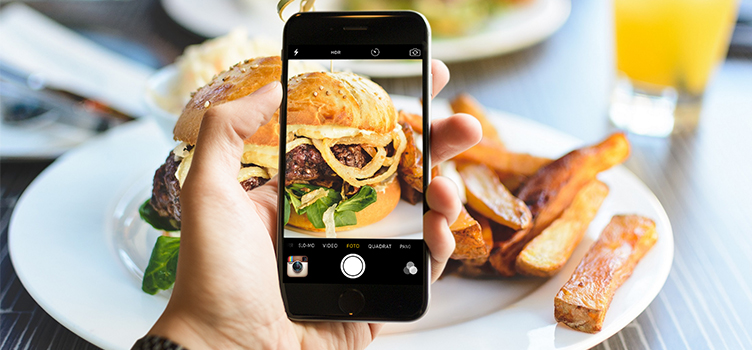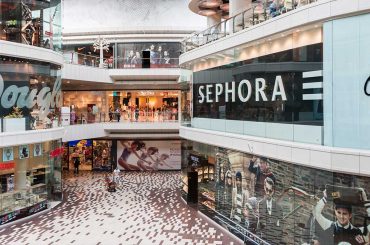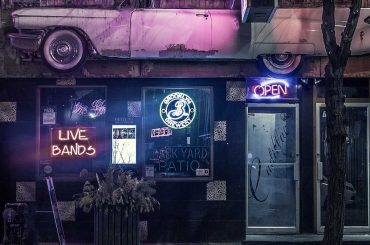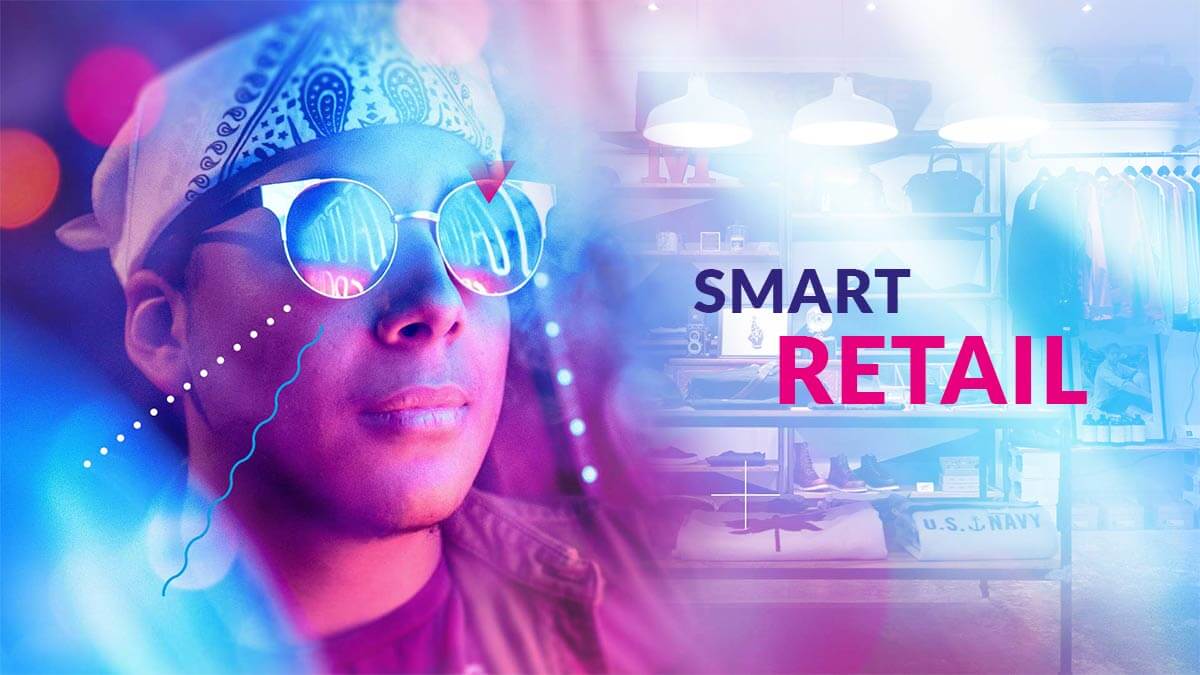Almost every restaurant has them, but most don’t really use them: Social Media Channels. Once they have been created, they gather dust in the world wide web. Without content, without followers and especially without success for the owner.
How can you use Facebook and Instagram to support your business? How do you turn your guests into followers? And more importantly: How do you use these social media platforms for marketing?
It’s a fact that this topic has been ignored by restaurants for too long. Social Media is here to stay and it opens up completely new opportunities for businesses, with a lot of potentials.
More than 86 Million pictures are shared on Instagram with #yummy and more than 110 Million with #foodporn.
This Is How it Works: Turn Your Guests Into Followers
My last visit to a burger restaurant inspired me to write this article. This restaurant uses social media as an important element in the communication strategy.
It wasn’t the fact that I was hungry or the tasty smelling burgers that brought me to this particular place, it was the big screen in their store front that caught my attention.
The screen showed images of the menu and welcomed guests into the store. But more than that, it was showing delicious looking burgers, colorful drinks and crispy side dishes. What was so fascinating was that those were all images that guests were posting on Instagram.
Whenever guests used the hashtag of the restaurant (#restaurantname), they were able to show the images on their large screen, attracting more people.
Connecting with customers that while they are there is part of a well thought out concept and part of the Corporate Identity of the restaurant. The interior design was colorful, youthful and modern. The music created a fun club-like atmosphere and together with the young employees, it created a clear brand.
The feeling here was that of a community of young, tech-savvy guests that call social media their second home.
You could find smartphones on almost every table, ready to take pictures and share them on Instagram. Being able to see an image you just uploaded on a big screen in the restaurant offered a special experience for the guests.
But the real effect of this concept was happening online, where it reached much more people and spread the word across the internet.
To me, this restaurant is a great example of how customers and social media channels can be successfully connected. If you think it is difficult to achieve this, read on here for more information about integrating social media onto regular screens. It is really easy!
Social Media Marketing will not stop, even though the topic internet has not been discussed enough within the restaurant industry. Getting in contact with customers is happening online. Anyone who continues to close themselves off from the world wide web will sooner or later lose out.
More Revenue Through Instagram?
The number of followers of an Instagram account varies depending on the country, age, popularity and other factors. But what are followers? Easily put, it means users of a social network that follow another user (because they are interested).
Young and active users usually have around 200 followers. If someone takes a picture of your restaurant and shares it on social media (this includes Facebook and Twitter), that person just advertised your restaurant for free to his 200 followers.
Just think, if ten of your guests did this daily, you could reach up to 2000 people, or up to 60,000 in a month.
Users sometimes actively look for hashtags (e.g. #vapiano), which also increases your brand visibility, winning new customers. Talking about real numbers here is speculation however and based on many different factors.How authentic word-of-mouth marketing is, is a fact, though.
In times where people are confronted with up to 10K ads daily, a personal recommendation will always worth more than self-promotion
The best thing about Instagram: Images are usually made to look prettier by using their filter, making your food look even better. Instagram users are very interested in topics like health and food, which means that Instagram offers a lot of potential for successful online marketing to restaurants.
There are for e.g. more than 77 Million pictures shared on Instagram with #yummy.
Why Instagram?
Instagram is completely focused on visual content, so brands and businesses can highlight emotional messages really well. Because the content is mostly images but also video content, the interaction with the platform is above average.
People like, share and comment on content, creating a close connection to customers, and those who will soon become customers.
That’s why it is so important to know your customers. On average, what age are my customers? Do we mostly serve regulars, tourists or commuters? Are my customers active on social media? You first have to answer some basic questions, before you can successfully use social media for your restaurant.
So how can you rise to the Olympus of Instagram? A lifestyle-oriented and modern atmosphere in your restaurant is an important step on the steep ladder to the top.
When your guests want to share their food publicly, they want to show their taste, their style, and their beliefs. It’s not about showing a daily routine but to create the impression of a certain lifestyle.
If your restaurant concept represents this lifestyle and the customers’ beliefs (e.g. the trend towards sustainable products), your customers will be more likely to share their experience on social networks.
Therefore, it is less important to appeal to the broad public, and more important to win over a certain group as a long-term customer base. If you focus on one clearly defined target group, you can distinguish your brand from other restaurants in the area.
Digital Signage solutions (the above mentioned display in the store front) can push interactions in social networks forward. An experience oriented restaurant concept is an important step to long-term customer retention in a time where people are focused on their virtual, online image. Digital menus and menu boards are also part of a Digital Signage concept and are becoming more and more popular in restaurants.





